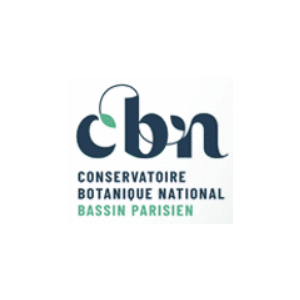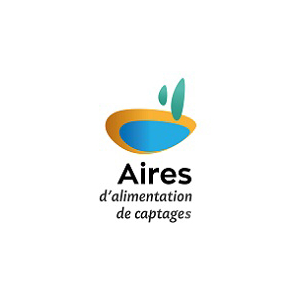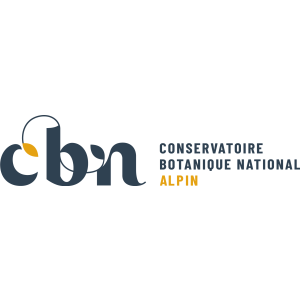
Document généré le 31/08/2025 depuis l'adresse: https://www.documentation.eauetbiodiversite.fr/fr/notice/comparison-of-invertebrate-diversity-in-lake-waters-and-their-resting-eggs-in-sediments-as-revealed-by-high-throughput-sequencing-hts
Comparison of invertebrate diversity in lake waters and their resting eggs in sediments, as revealed by high-throughput sequencing (HTS)
Titre alternatif
Producteur
Contributeur(s)
EDP Sciences
Identifiant documentaire
11-dkey/10.1051/kmae/2020011
Identifiant OAI
oai:edpsciences.org:dkey/10.1051/kmae/2020011
Auteur(s):
Xiaoyan Wang,Qing Wang,Yufeng Yang,Wenbo Yu
Mots clés
zooplankton
copepod
cladoceran
rotifer
species diversity
zooplancton
copépode
cladocère
rotifère
diversité des espèces
Date de publication
23/04/2020
Date de création
Date de modification
Date d'acceptation du document
Date de dépôt légal
Langue
en
Thème
Type de ressource
Source
https://doi.org/10.1051/kmae/2020011
Droits de réutilisation
Région
Département
Commune
Description
Aquatic invertebrate diversity reflects water quality and the health of aquatic ecosystems and should be monitored as an essential feature of freshwater ecosystems. The resting eggs of aquatic invertebrates in sediments populate the overlying water. The diversity of invertebrates in waters and their resting eggs in sediments in Baiyangdian Lake, Xiongan, North China, were assessed using high-throughput sequencing (HTS) with a pair of 18S rRNA gene adaptor-linked primers. The total of 99 operational taxonomic units (OTUs) derived from 353,755 invertebrate sequences (mostly zooplankton) were revealed by this study. A total of 50 species in the water samples including 20 rotifers, 11 copepods, 1 cladoceran and 18 other species were sorted out. In the sediment 37 species, including 21 rotifers, 3 copepods, 1 cladoceran and 12 other species, were identified. There were 24 species in common between water and corresponding sediments. Invertebrate OTU richness in water samples was higher than that in sediments (p < 0.01), while there was no significant difference in the Shannon-Wiener index. These results suggest that HTS is a promising alternative for efficient biodiversity assessment and monitoring.
Accès aux documents
0
Consultations
0
Téléchargements





























